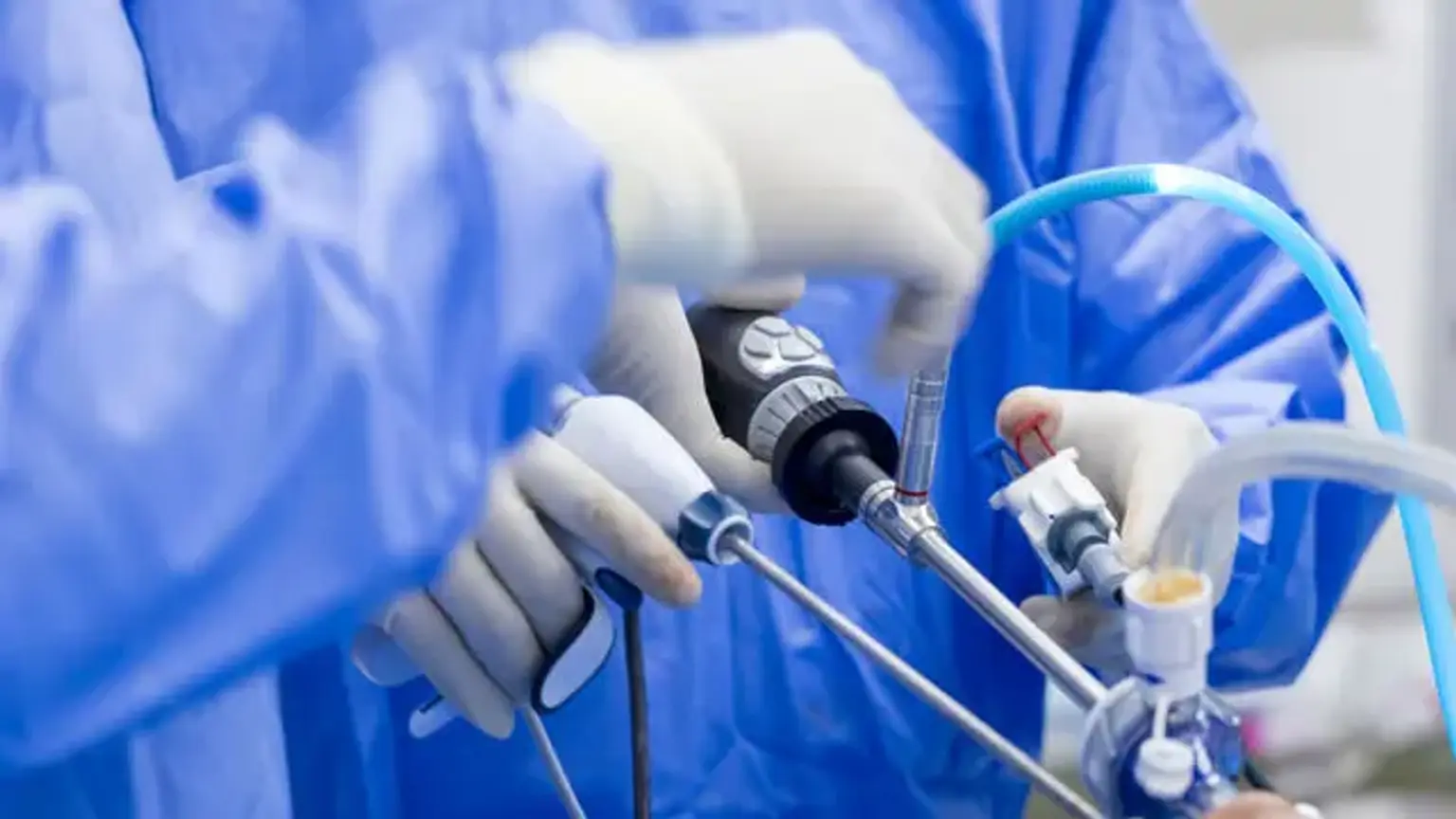Keyhole knee surgery
Overview
If you're experiencing persistent joint pain, swelling, or stiffness and scans haven't shown the source, you may require an arthroscopy. Arthroscopy, often known as keyhole surgery, is a minimally invasive surgical procedure that allows the surgeon to view the interior of the knee. It's commonly done with two tiny puncture holes on either side of the knee-cap tendon.
